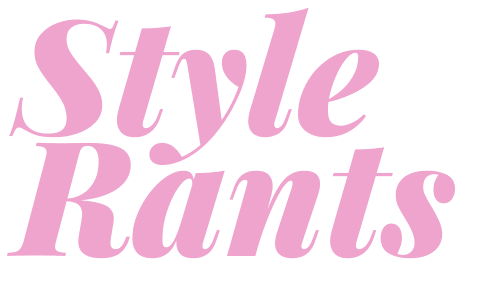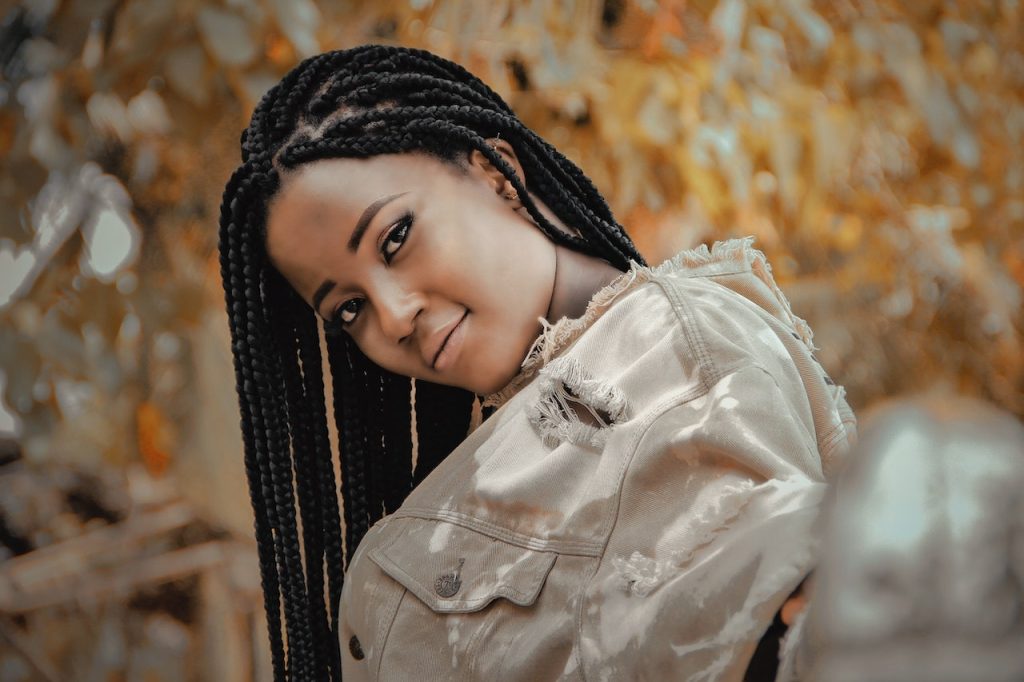In the world of hairstyling, diversity and creativity are boundless. From sleek bobs to intricate updos, the options for expressing oneself through hair are endless. Among these styles, tribal braids have emerged as a stunning and culturally significant trend that not only showcases the beauty of African heritage. It also serves as a testament to the enduring legacy of tribal communities worldwide.
A Glimpse into the History of Tribal Braids
Tribal braids, also known as Fulani braids or tribal cornrows, have a rich history rooted in the traditions of African tribes. These braids have been a fundamental part of African culture for centuries, carrying deep cultural and symbolic meanings. They were not just a form of adornment but also a way to signify one’s social status, age, and even marital status within the tribe.
Over time, these braids evolved into a distinct art form, with different tribal communities developing their unique styles and techniques. The Fulani people of West Africa, in particular, are known for their intricate and ornate braiding patterns. It often incorporate beads, cowrie shells, and other decorative elements.
The Resurgence of Tribal Braids
In recent years, tribal braids have experienced a resurgence in popularity. Thanks to the global appreciation of African culture and the desire to celebrate natural hair textures. This resurgence is not only a fashion statement but also a powerful way to honor the heritage and traditions of African and other tribal communities.
The Artistry of Tribal Braids
These braids are created by weaving small sections of hair close to the scalp. It results in a sleek and structured appearance. What sets these traditional braids apart is the intricate patterns and designs that can be achieved through creative parting and braiding techniques.
Common tribal braid styles include:
- Fulani Braids: These braids often feature a single braid down the center with smaller cornrows on either side. Beads, shells, or metallic jewelry are woven into the braids to add a touch of glamour.
- Box Braids: Although not exclusive to tribal styles, box braids have been embraced by many as a versatile and chic way to express their African heritage. These braids are thicker and can be styled in various lengths and colors.
- Lemonade Braids: Inspired by Beyoncé’s iconic look in her “Lemonade” album, this style involves sleek and symmetrical side braids that can be adorned with accessories for added flair.
- Goddess Braids: These oversized, chunky braids are created by incorporating extensions for added volume and length. They are often styled in elegant updos or cascading down the back.
Why Choose These Braids?
- Cultural Celebration: Wearing tribal braids is a way to honor and celebrate African and other tribal cultures. It’s a statement of pride in one’s heritage and an acknowledgment of the beauty of diversity.
- Low Maintenance: Tribal braids are a low-maintenance hairstyle, making them a popular choice for those with busy lifestyles. They require minimal daily styling and can last for weeks with proper care.
- Versatility: Despite their structured appearance, tribal braids offer versatility. You can experiment with different lengths, colors, and accessories to create unique looks for various occasions.
- Protective Style: Tribal braids provide a protective barrier for your natural hair. It reduces the risk of damage from environmental factors and excessive styling.
How To Maintain It?
Proper care is essential to maintain the beauty and integrity of your tribal braids. Here are some tips:
- Keep Them Clean: Regularly cleanse your scalp and braids with a diluted shampoo or a specially formulated braid cleanser to prevent buildup.
- Moisturize: Use a lightweight hair and scalp oil to keep your hair and scalp moisturized, especially in dry climates.
- Protect at Night: Use a satin or silk bonnet or pillowcase to prevent friction and frizz while you sleep.
- Avoid Excessive Tension: Ensure that your braids are not too tight, as this can lead to hair breakage and scalp discomfort.
- Bead and Accessory Care: Be mindful of the weight of beads and accessories; too much weight can pull on your braids, potentially causing damage.
Conclusion
Tribal braids are more than just a hairstyle; they are a symbol of cultural pride, artistry, and individual expression. As they continue to gain popularity around the world, it’s essential to appreciate their roots in African and tribal traditions. Whether you choose tribal braids for their cultural significance or their stylish appeal. They are a beautiful way to celebrate diversity and showcase the enduring beauty of tradition. So, next time you opt for tribal braids, remember that you’re not just enhancing your beauty; you’re also carrying forward a legacy of culture and creativity.


